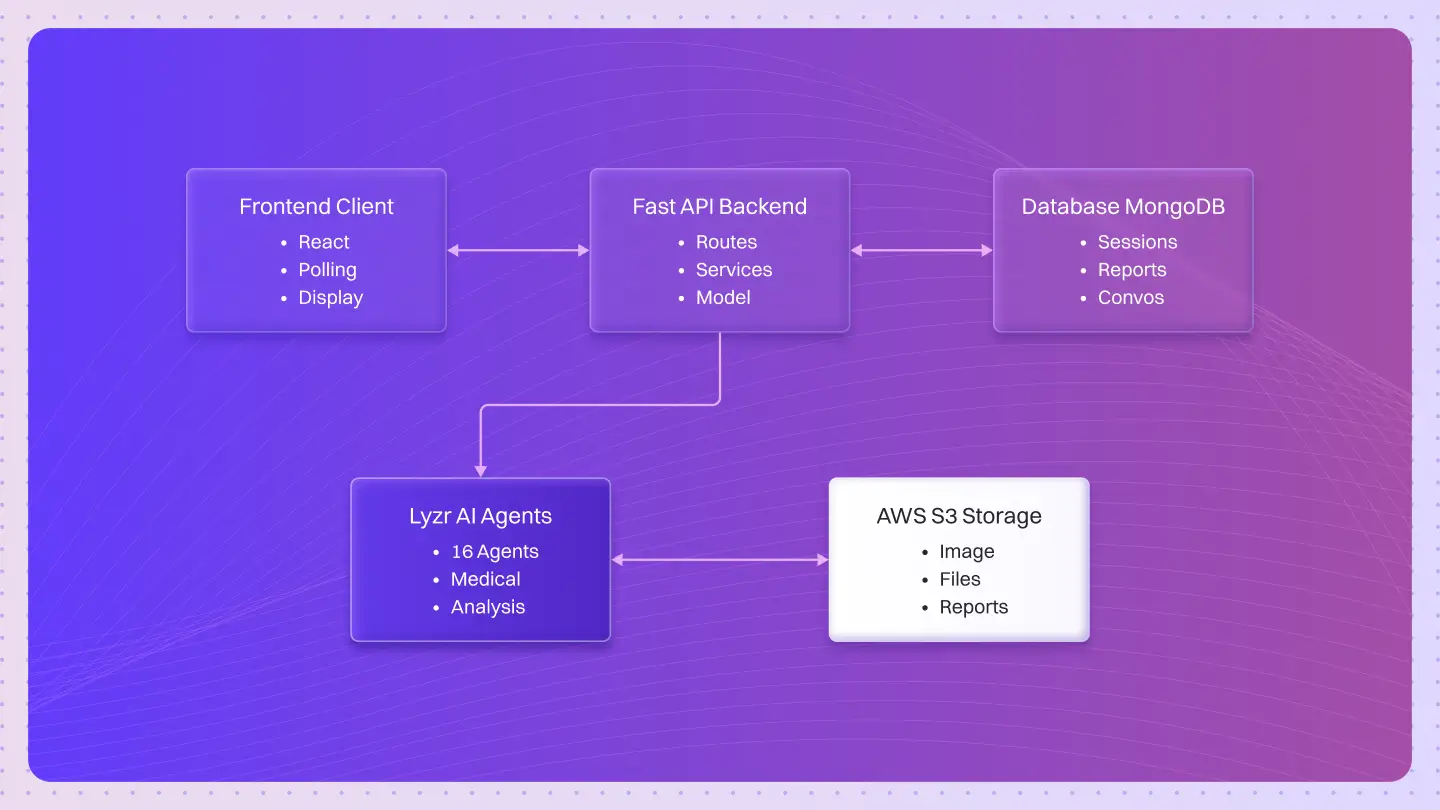What is Multi-Task Learning?
Multi-Task Learning is an approach in machine learning where multiple related tasks are learned simultaneously, leveraging shared knowledge to improve efficiency and performance. This technique allows models to generalize better by sharing representations across tasks, leading to enhanced predictive accuracy and reduced overfitting.
How does the Multi-Task Learning concept operate?
Multi-Task Learning (MTL) is an advanced machine learning paradigm that enhances model performance by leveraging the shared information across multiple tasks. It operates on the principle that learning several related tasks simultaneously can lead to better generalization and increased efficiency compared to learning each task in isolation.
The functionality of MTL can be outlined as follows:
- Knowledge Sharing: MTL allows models to share representations, which helps in learning common features that are beneficial across different tasks.
- Efficiency Improvement: By training on multiple tasks at once, MTL reduces the time and resources required compared to training separate models for each task.
- Regularization Effect: The inter-task relationships act as a regularizer, preventing overfitting by enforcing consistency among the tasks.
- Task Prioritization: MTL often incorporates mechanisms to prioritize certain tasks based on their importance or available data, optimizing the learning process.
- Implementation Methods: Common approaches to MTL include hard parameter sharing, soft parameter sharing, and multi-task architectures that can adaptively allocate parameters based on task requirements.
By effectively implementing multi-task algorithms, data scientists and AI researchers can achieve superior performance across various applications, such as natural language processing, computer vision, and more.
Common uses and applications of Multi-Task Learning?
Multi-Task Learning (MTL) is a powerful technique in machine learning that allows models to learn multiple tasks simultaneously, improving efficiency and performance. By sharing knowledge across tasks, MTL enhances the learning process and leads to better generalization in real-world applications. Here are some of the main applications of Multi-Task Learning:
- Natural Language Processing: MTL is used in tasks like sentiment analysis, translation, and entity recognition, allowing models to leverage shared linguistic features.
- Computer Vision: In image recognition, MTL helps in tasks such as object detection and segmentation, improving accuracy by learning from complementary visual information.
- Healthcare: MTL is applied in predicting patient outcomes based on multiple health metrics, leading to more accurate diagnoses and treatment plans.
- Recommendation Systems: By understanding user preferences across different categories, MTL can enhance personalized recommendations.
- Speech Recognition: MTL improves recognition accuracy by simultaneously learning phonetic and semantic tasks.
What are the advantages of Multi-Task Learning?
Multi-Task Learning (MTL) is a powerful approach in machine learning that enhances efficiency and performance by leveraging shared information across multiple tasks. Here are some key benefits that highlight its value in the industry:
- Improved Generalization: MTL helps models generalize better by learning from related tasks, reducing overfitting.
- Efficiency in Training: By sharing representations, MTL reduces the training time and computational resources needed.
- Knowledge Transfer: Skills learned from one task can boost performance on another, leading to higher accuracy.
- Robustness: Multi-task models are often more robust to noise and variability in data.
- Better Performance: Combining tasks can lead to a model that outperforms single-task counterparts.
Implementing effective multi-task algorithms involves key methods such as shared hidden layers, task-specific output layers, and collaborative training strategies. Embrace Multi-Task Learning to elevate your AI and machine learning projects!
Are there any drawbacks or limitations associated with Multi-Task Learning?
While Multi-Task Learning offers many benefits, it also has limitations such as:
1. Increased complexity in model design.
2. Risk of negative transfer where learning one task can hurt performance on another.
3. Requires more data to train effectively across multiple tasks.
These challenges can impact the model’s performance and may require careful management to ensure that each task is sufficiently represented.
Can you provide real-life examples of Multi-Task Learning in action?
For example, Multi-Task Learning is used by Google in their language models to perform tasks like translation and text classification simultaneously. This demonstrates how sharing knowledge across different tasks can lead to improved performance and speed in processing language data.
How does Multi-Task Learning compare to similar concepts or technologies?
Compared to single-task learning, Multi-Task Learning differs in its approach to model training. While single-task learning focuses on optimizing a model for one specific task, Multi-Task Learning focuses on leveraging shared features across multiple tasks. This holistic approach can lead to better generalization and improved performance across tasks.
What are the expected future trends for Multi-Task Learning?
In the future, Multi-Task Learning is expected to evolve by incorporating more advanced neural architectures and better optimization algorithms. These changes could lead to improved model accuracy and broader applicability in various fields such as healthcare, finance, and natural language processing.
What are the best practices for using Multi-Task Learning effectively?
To use Multi-Task Learning effectively, it is recommended to:
1. Clearly define tasks and their relationships.
2. Use appropriate loss functions for each task.
3. Regularly evaluate model performance on individual tasks.
Following these guidelines ensures better overall model performance and task-specific accuracy.
Are there detailed case studies demonstrating the successful implementation of Multi-Task Learning?
One notable case study is from Facebook AI Research, which implemented Multi-Task Learning in their image recognition systems. By training a model to classify images and detect objects simultaneously, they achieved significant improvements in accuracy and processing time, showcasing the benefits of this approach in real-world applications.
What related terms are important to understand along with Multi-Task Learning?
Related Terms: Related terms include Transfer Learning and Joint Learning, which are crucial for understanding Multi-Task Learning because they deal with the concept of sharing information and learning across different tasks and datasets, enhancing the overall understanding of model training strategies.
What are the step-by-step instructions for implementing Multi-Task Learning?
To implement Multi-Task Learning, follow these steps:
1. Identify and define the tasks to be learned.
2. Choose a suitable model architecture that supports multi-tasking.
3. Prepare a joint dataset that includes all tasks.
4. Select appropriate loss functions for each task.
5. Train the model while monitoring performance across tasks.
These steps ensure a structured approach to successfully implementing Multi-Task Learning.
Frequently Asked Questions
Q: What is multi-task learning?
A: Multi-task learning is a machine learning approach where a model is trained on multiple tasks simultaneously.
1: It helps in sharing knowledge across tasks,
2: This can lead to better generalization and performance.
Q: What are the benefits of using multi-task learning?
A: The benefits include improved performance on tasks due to shared knowledge.
1: It reduces the need for separate models for each task,
2: It can lead to faster training times.
Q: How does multi-task learning share knowledge across tasks?
A: Multi-task learning shares knowledge by using a common representation for tasks.
1: This allows the model to learn features that are useful for multiple tasks,
2: It helps in identifying underlying patterns that are common among tasks.
Q: What types of models are commonly used in multi-task learning?
A: Common models include neural networks designed for multi-task training.
1: Shared layers are often used to capture common features,
2: Task-specific layers can be added to learn unique features for each task.
Q: What are some key methods for implementing multi-task learning?
A: Key methods include using shared hidden layers and task weighting strategies.
1: Shared hidden layers help in utilizing common representations,
2: Task weighting can optimize the learning process for each task.
Q: When should I consider using multi-task learning?
A: Consider multi-task learning when you have related tasks that can benefit from shared knowledge.
1: It is beneficial when tasks have similar input data,
2: It can also help when data is limited for individual tasks.
Q: What challenges might I face with multi-task learning?
A: Challenges include balancing the performance across different tasks.
1: Some tasks may dominate learning if not properly managed,
2: It may also be complex to design the right architecture for diverse tasks.



